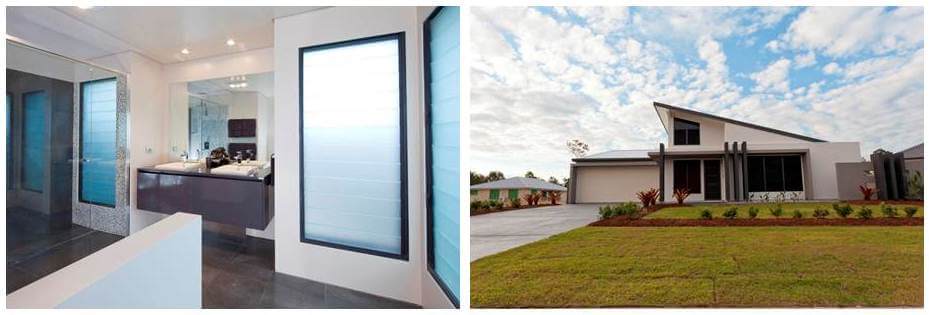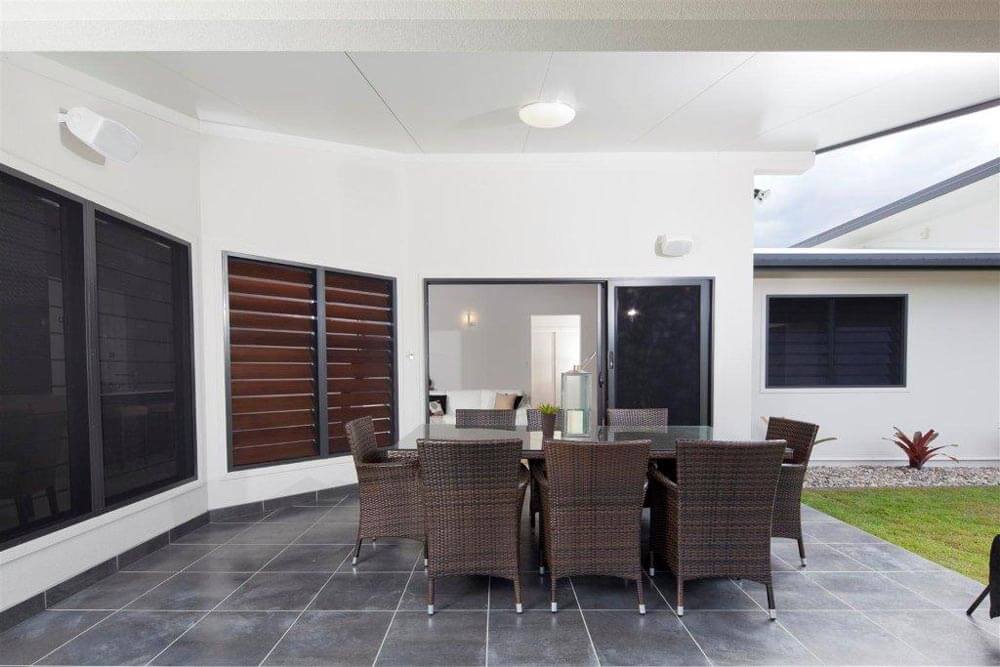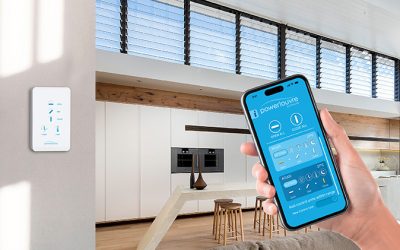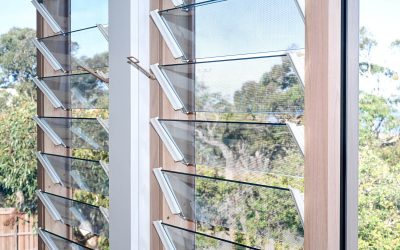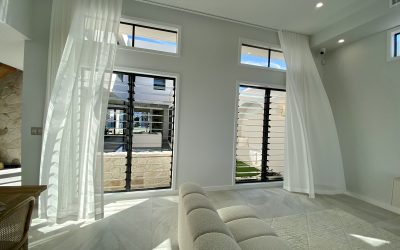“Can your louvre windows be screened?” is one of the most common questions we are asked. Altair Louvre Windows sure can be screened! They can be screened with fibreglass mesh to keep the insects out, or woven metal mesh to keep intruders out or for bushfire protection. And the screens can be positioned to the outside or the inside of the building. There are a lot of benefits of screens on Altair Louvres, from shading, insulation, security to bushfire prevention.
Most people don’t realise though that mesh screens offer more benefits than protection from insects, intruders and bushfires. Specifically they offer some great energy efficiency benefits in the form of shading and thermal insulation.
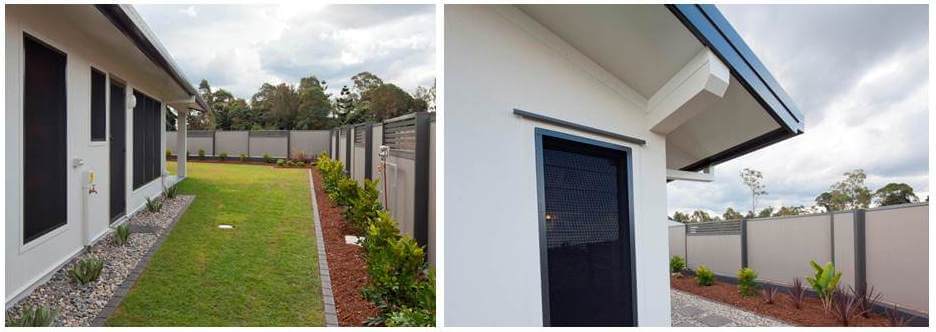
Shading like shade cloth
Few people realise it, but its obvious when you think about it: Mesh screens give similar benefits to shade cloth!
- They’re both woven.
- They both provide shade (varying amounts depending on the tightness of the weave).
- You can see through both (again to varying degrees depending on the weave).
In a similar way to shade cloth, woven mesh screens help to keep buildings cooler by reducing the amount of hot sunlight that passes through them and into the building.

Insulation like double glazing
Interestingly, due to the distance between the closed blades of an Altair Louvre Window and a woven mesh screen (a little over 105mm), mesh screens give similar benefits to double glazing!
- They both trap a layer of air between two vertical surfaces.
- The layer of air acts as a thermal buffer and so reduces the heat flow between the two vertical surfaces.
When outside temperatures are much higher or lower than comfortable temperatures, this insulation is very beneficial in keeping warmth in, or keeping heat out to improve the efficiency of heating and cooling systems.
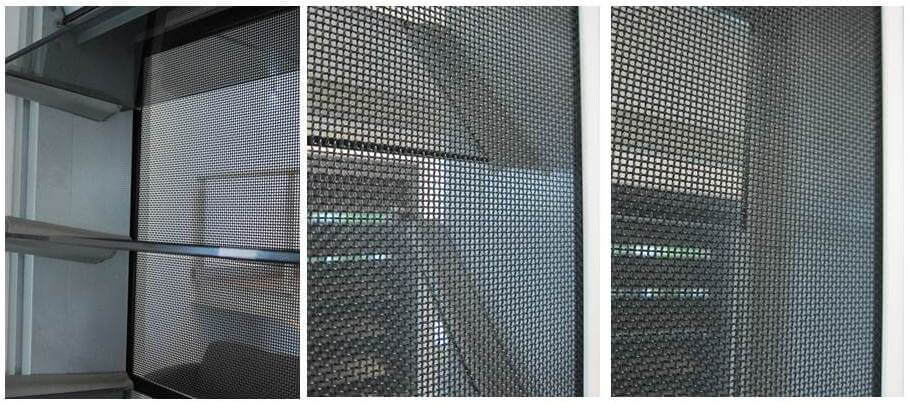
That all makes sense, but just how much of a benefit do mesh screens actually give?
The recognised source of measures of energy efficiency of Australian window systems is the Window Energy Rating Scheme (WERS). WERS generates and publishes ratings of specific combinations of window manufacturer, window style, frame type and glazing type. Historically, screens were not considered to be ‘permanent’ parts of window systems and were therefore excluded from WERS energy ratings. WERS have changed their position and now recognise woven metal mesh screens as permanent fixtures which should therefore contribute to energy ratings. Unfortunately woven fibreglass mesh (insect) screens are still not considered to be permanent fixtures so are ignored.
The Breezway Easyscreen Altair Louvre Window System was the first Australian window system to have screened WERS ratings generated. The first ratings included Crimsafe Security Screens and have now been updated to also include InvisiGard Security Screens. The ratings are very good with U-values (a measure of thermal insulation) as low as 3.6 which is significantly better than many double glazed windows, and Solar Heat Gain Coefficients (SHGCs – related to shading) as low as 0.2.
For full WERS ratings, please visit the Energy Page of the Breezway website.
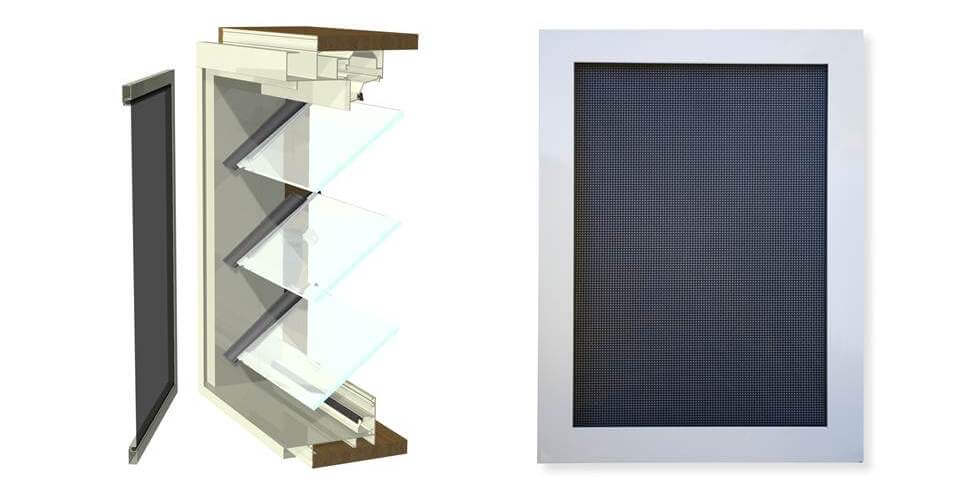
Should all windows be screened?
Not necessarily… in some situations it is very beneficial to maximise the amount of direct sunlight that passes through a window. Think about the warmth generated by sunlight streaming through a window on a cold winter’s day. Smart designers will intentionally allow sunlight to stream in through north-facing windows during winter when the sun is low in the sky, but will design eaves, overhangs or other shading structures to shade those same windows during summer when the sun is higher in the sky. For this reason, screening north-facing windows may reduce this winter benefit but energy efficient building design is a fairly complex topic with many interacting aspects of a building’s design contributing to the overall energy efficiency so we’d always recommend that this is discussed with your architect, building designer or energy efficiency consultant or assessor.
